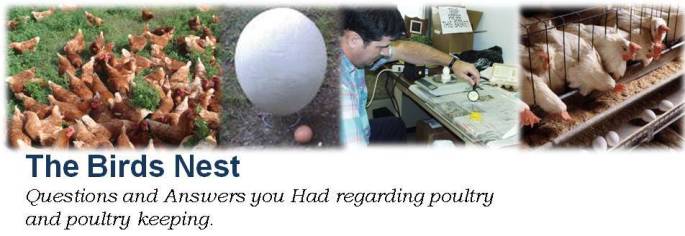All poultry workers who work in hazardous areas should consider using Personal Protective Equipment (PPE). PPE that is not properly sized or tested on the individual prior to entering a hazardous area could jeopardize the health and safety of that worker. Consider "FIT" testing all equipment prior to entering the hazard zone. Respirators need to be sized for the face used. Equipment that is too small or large could pose a leak hazard. Clean shaven faces will provide the best seal for respiratory protective equipment. Disposable respirators may have a limit on time of use. Consult manufacture and OSHA guidance toward use of these pieces of equipment.
 |
| Source: Moldex |
When deciding of disposable clothing, consider upsizing to a larger size to ensure freedom of movement. Trimming or rolling sleeves and pant legs will assist smaller persons in fitting into their equipment. Consider using a "Valet" to assist in donning PPE that may need to be taped down around gloves, boots or other equipment. Choose garments for the type of protection you need, considering that comfort may be compromised in high level protective clothing.
Consider using layers, especially with gloves to provide protection from tearing or ripping. A protective glove against abrasion may cover a rubber glove that protects against biological hazards. Be sure to size gloves to prevent cramping or tears. Test wear gloves by tying around your wrist to see if you are allergic to latex, and consider other materials should you develop skin irritation. Disposable footwear may tear in certain poultry environments. Consider washable footwear that can take these irregular surfaces.
Hard hats and bump hats should be worn in areas where falling objects are possible, as well as moving equipment or objects in line of travel of the head. These hats should be adjusted so that momentary stooping will not cause the hat to fall off. Check suspension systems in the hat for proper operation.
Eye protection needs to be robust enough for the perceived hazards. Flying objects such as grinder slag or wood chips in a mill may require full face protection in addition to protection surrounding the eye. Consider eye protective equipment with seals for areas of high contamination.
PPE does not require a huge outlay to protect, so long as the chosen equipment is the right type for the job and is properly fitted. Be safe, and check before donning.
